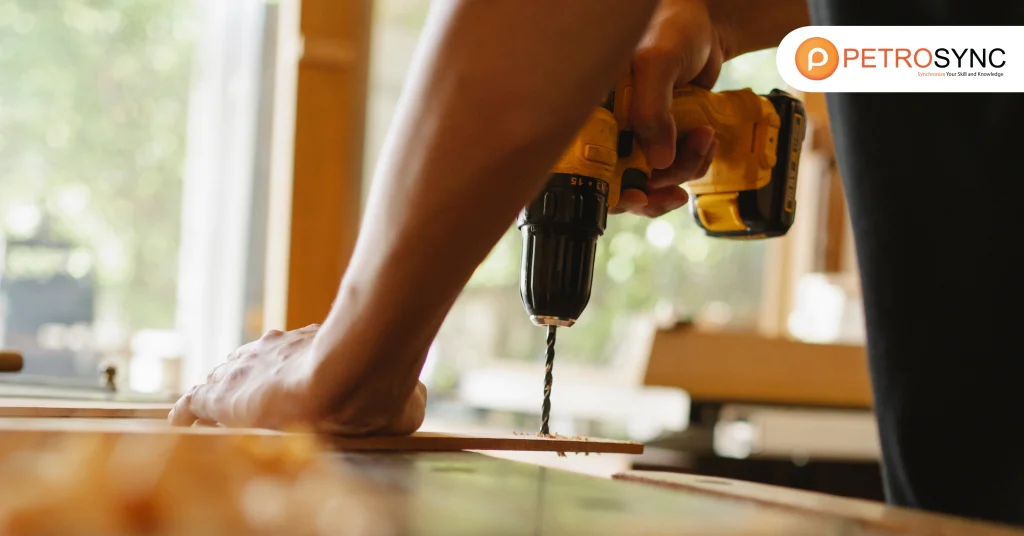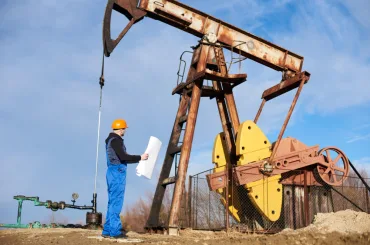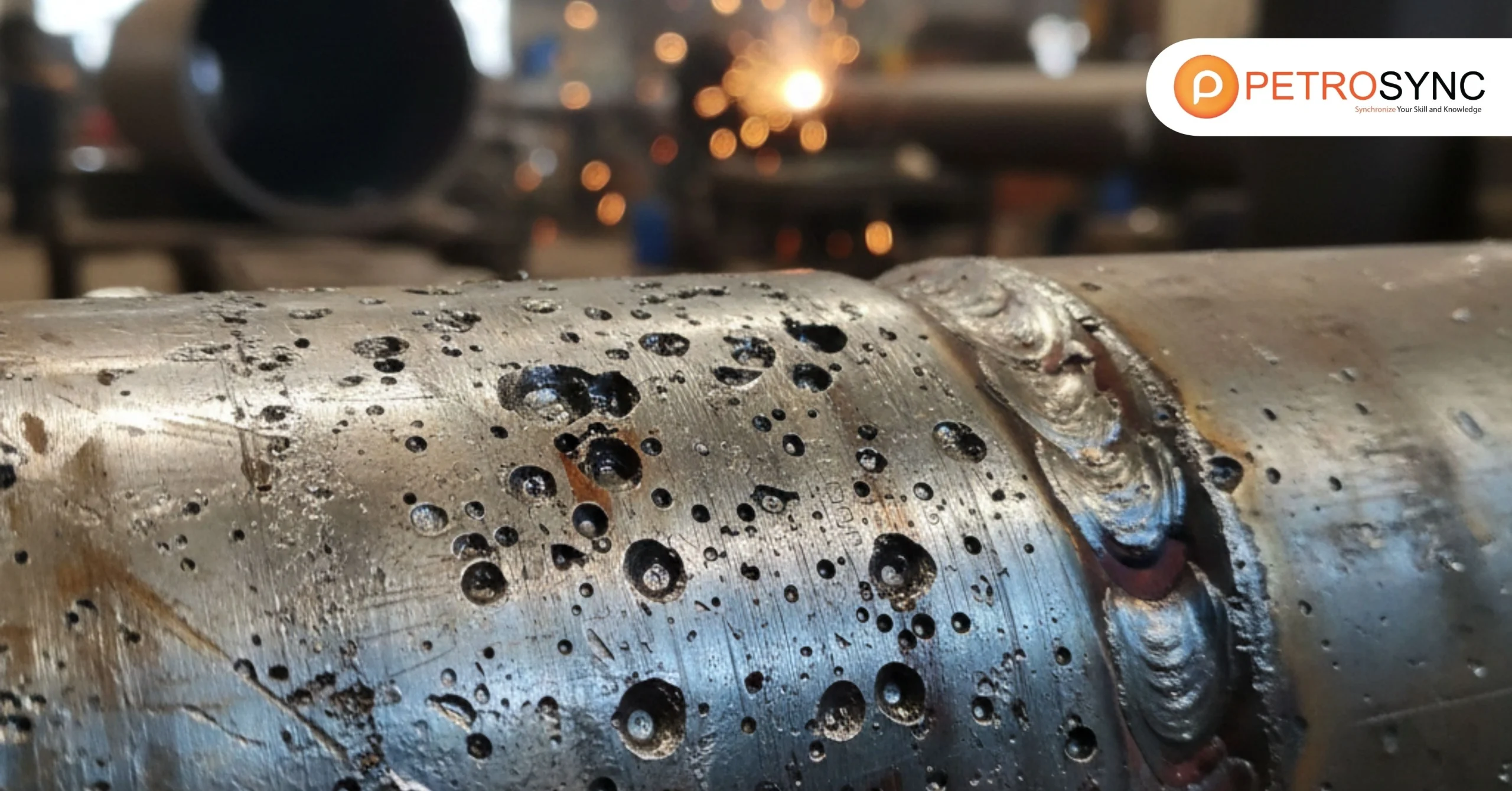In the tricky panorama of electrical energy exploration, drilling oil rig serve as the backbone of present day extraction operations. These towering structures, regularly considered in every offshore and onshore environments, are more than truly engineering marvels – they are hubs of precision, safety, and operational excellence.
For decision-makers and professionals navigating the challenges of the oil and fuel industry, hold close how these rigs attribute is vital to electrical energy expanded penalties and future-proof operations.
This article explores quintessential questions surrounding drilling rigs, shedding moderate on their function, safety, complexity, and the technical depth they demand. As always, the route to mastery starts with expertise – and continues with the proper training.
What is a Rig in Oil Drilling?

A drilling rig is a structure equipped with tools, equipment, and machinery designed to drill wells into the Earth’s surface to extract oil and gas. Rigs can vary notably in dimension and capability, relying on whether or not or no longer they are intended for onshore or offshore operations.
The rig consists of countless key components:
- Derrick or Mast: The tall shape that helps the drill string.
- Drill String: A column of drill pipes that rotate the drill bit.
- Mud Pumps: Circulate drilling fluid (mud) to cool the bit and remove cuttings..
- Blowout Preventers (BOPs): Safety devices that prevent uncontrolled flow of formation fluids.
These systems work together to penetrate deep rock layers, enabling access to oil reservoir buried thousands of meters underground.
Is Drilling Rig Hard?
Working on a drilling rig is now not simply bodily worrying – it additionally requires technical skill, precision, and resilience. The nature of the job varies by role, however normally consists of lengthy shifts, difficult environmental conditions, and strict protection procedures.
Common challenges include:
- Rotating shifts (often 12 hours or more per day for 2-3 weeks at a time)
- Remote locations, including offshore platforms or isolated land sites
- Exposure to extreme weather, noise, and mechanical hazards
However, the hard work is often matched by competitive compensation and opportunities for career progression.
Are Drilling Rig Safe?
The oil and gas industry has made significant strides in improving the safety of drilling operations. Modern rigs contain superior applied sciences and observe strict security protocols designed to shield each personnel and the environment.
Key security measures include:
- Automated monitoring structures for pressure, temperature, and fuel detection
- Blowout preventers and redundant manage systems
- Rigorous security education and drills for all crew members
- Compliance with worldwide requirements such as ISO 45001 and API RP seventy five
What is the Hardest Oil Rig Job?
Among a number of roles on a drilling rig, the function of roughneck – a floorhand accountable for coping with drill pipes and heavy tools – is regularly viewed the toughest. These employees function as excessive guide labor in bodily stressful conditions.
Other difficult roles include:
- Derrickhands, who work excessive above the rig flooring managing the higher sections of the drill string
- Drillers, who function the equipment and reveal nicely conditions
- Toolpushers, who oversee the complete drilling crew and make sure operations remain on track
Each position includes its very own stage of duty and complexity, requiring each hands-on ability and intellectual acuity.
How deep do oil rigs drill?
Oil rigs can drill to astonishing depths depending on the geological target. Onshore wells typically range between 1,500 to 6,000 meters, while offshore wells can reach depths of 10,000 meters or more, especially in ultra-deepwater environments.
For instance:
- Shallow wells: Less than 1,500 meters
- Intermediate wells: 1,500–4,500 meters
- Deep wells: 4,500–6,000+ meters
- Ultra-deepwater wells: Exceeding 10,000 meters (combined sea depth + well depth)
Drilling to such depths requires cutting-edge technology, real-time data analytics, and continuous oversight to maintain well integrity and avoid incidents like blowouts or collapses.
PetroSync Training: Invest in Your Expertise with Confidence
In the ever-evolving world of oil drilling, staying beforehand skill extra than simply trip – it requires non-stop mastering and realistic knowledge. That’s the place PetroSync comes in. Designed especially for senior professionals, our education applications supply real-world insights and technical depth to assist you lead with readability and confidence.
Whether you are searching to optimize drilling operations, decorate security protocols, or improve extra strategic decision-making, our guides equip you with the equipment and frameworks you want to succeed. Led by using enterprise professionals and constructed round actual case studies, PetroSync’s education is now not simply informative – it’s transformative.
If you’re ready to take your expertise to the next level and create real impact in your organization, PetroSync is your partner in professional growth. Because in energy, the real power lies in those who are prepared.

Results-oriented and thorough SEO specialist with extensive experience in conducting keyword research, developing and implementing digital website promotion strategies and plans, managing campaigns to develop company websites in the digital world, excellent knowledge of marketing techniques and principles, and attentive strong attention to detail.







